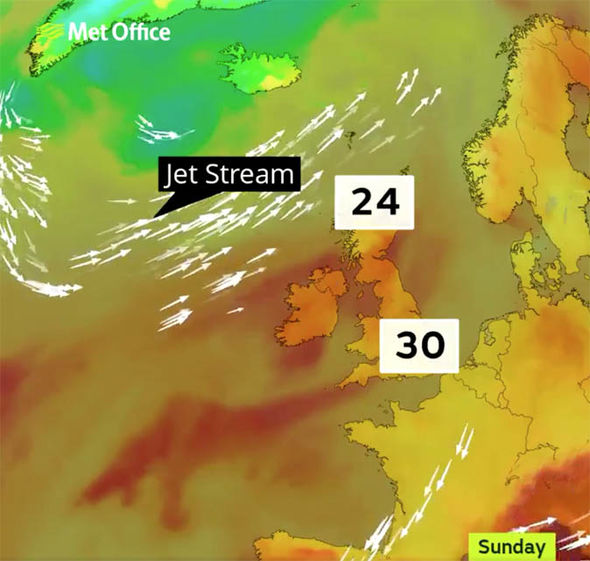Britain’s scorching heatwave: why is it here, and when will it leave us alone?
Hosepipe bans, parched grass, scorching pavements, Met Office warnings, ice creams melting faster than we can keep up – we almost miss grey skies and drizzle (.. almost).
When you think of the United Kingdom you might think of our rolling green hills in the countryside, the White Cliffs of Dover, the rocks of Stonehenge. And you probably imagine the weather to be raining, or at least grey and cloudy. You almost certainly don’t imagine temperatures soaring to over 33C (91.4F) as people lock themselves up in their homes desperate to get away from the heat outside. But Britains heatwave started June 23, and it is expected to last.
The UK Met Office defines a heatwave as “an extended period of hot weather relative to the expected conditions of the area at that time of year”, and have issued warnings over the last few days urging people to stay indoors and keep cool. It is predicted that during the next 48 hours will Britain’s roads will start to melt, as the ground temperature continues to rise and reaching up to 42C (107.6F).

The jetstream can be seen moving to the north of the UK (Credit: Met Office)
The weather in the United Kingdom is dominated by a jet stream – a current of strong winds that blow around 5 to 7 miles above the surface of the Earth moving west to east. Usually, the jet stream moves around, pulling with it low-pressure systems that cause wet and mild weather but for weeks it has been stuck to the north of the UK and Ireland. This has caused high-pressure hot air to accumulate over the countries, and without the jet stream, the hot air can’t move along with the wind, leaving us with the extreme temperatures, hose-pipe bans, and Met Office warnings to stay indoors. This stream of air has affected Iceland too; while we bake in the UK, summer in Reykjavik has been cancelled, and the weather is expected to get even colder there while we get even hotter here. (Sorry Iceland!)
Is there light at the end of the tunnel? Sort of – the Met Office has said we may have thunderstorms in the next few weeks thanks to the building humidity. But August will also be a scorcher and there are no signs that the current weather pattern will break.
For more science and technology articles, pick up the latest copy of How It Works from all good retailers or from our website now. If you have a tablet or smartphone, you can also download the digital version onto your iOS or Android device. To make sure you never miss an issue of How It Works magazine, subscribe today!
Other articles you may like:
If body temperature is 37°C, why do we feel hotter when it’s 30°C outside?
Heatwaves explained: The causes and effects of hot weather
We’re no stranger to weird weather events





